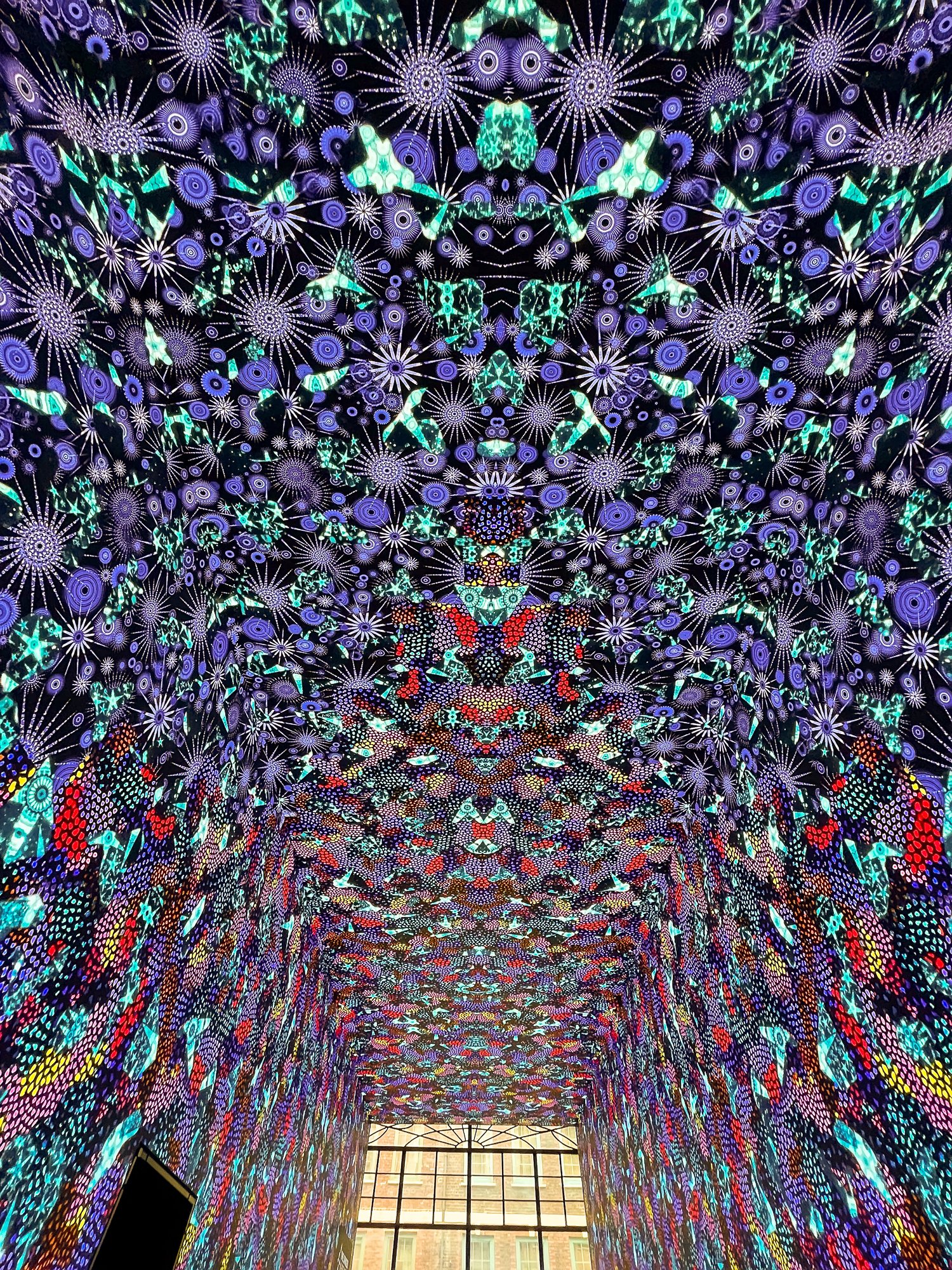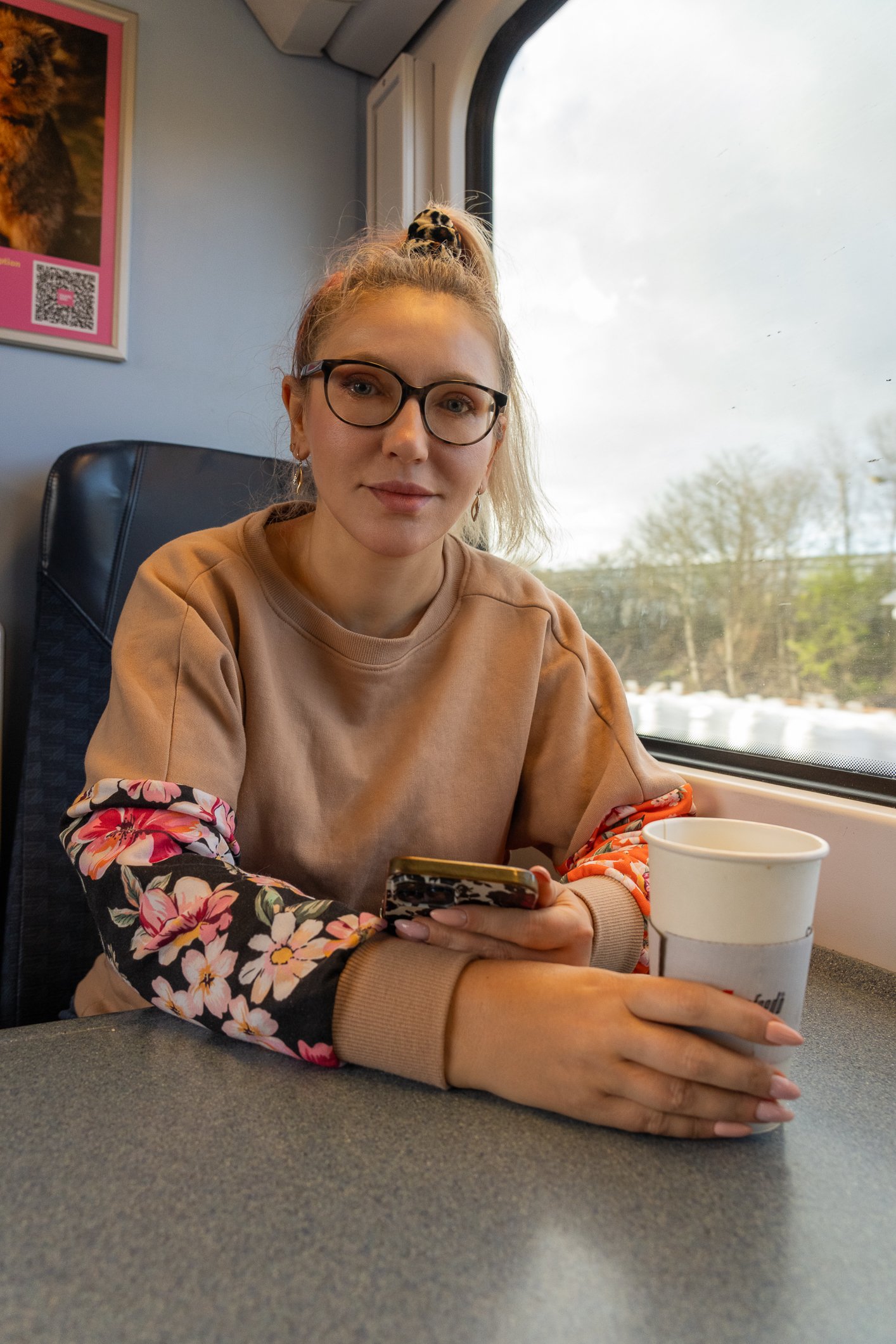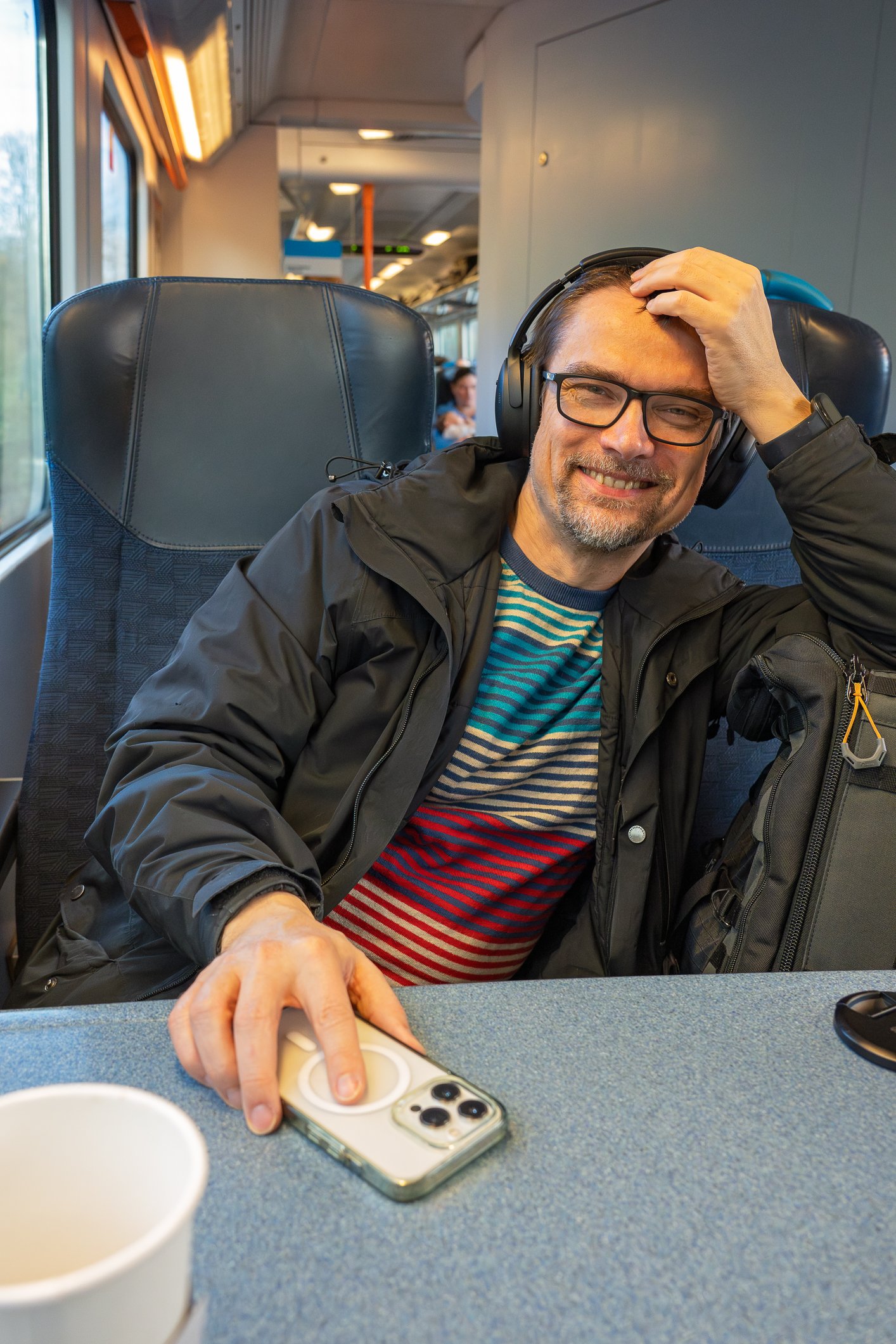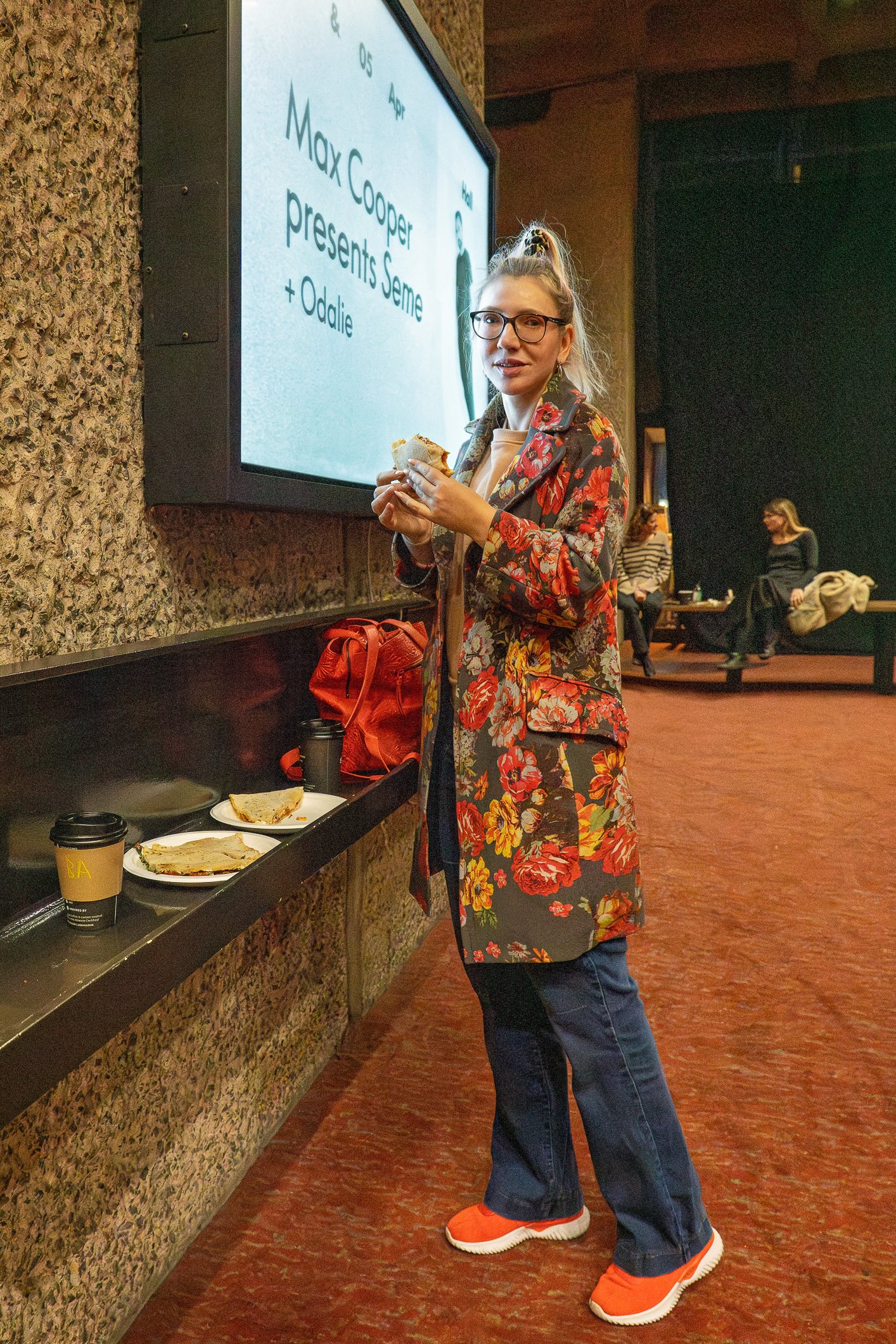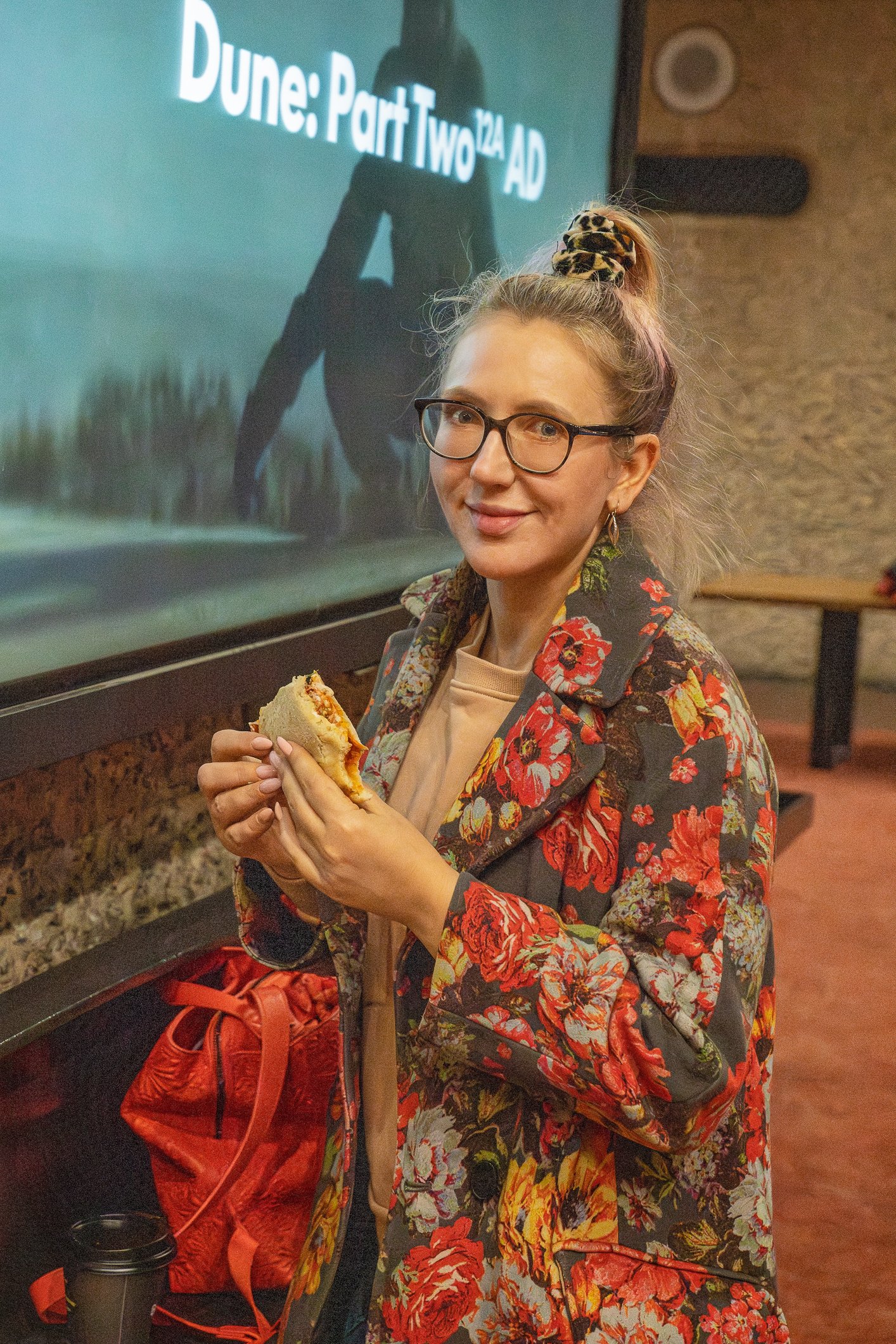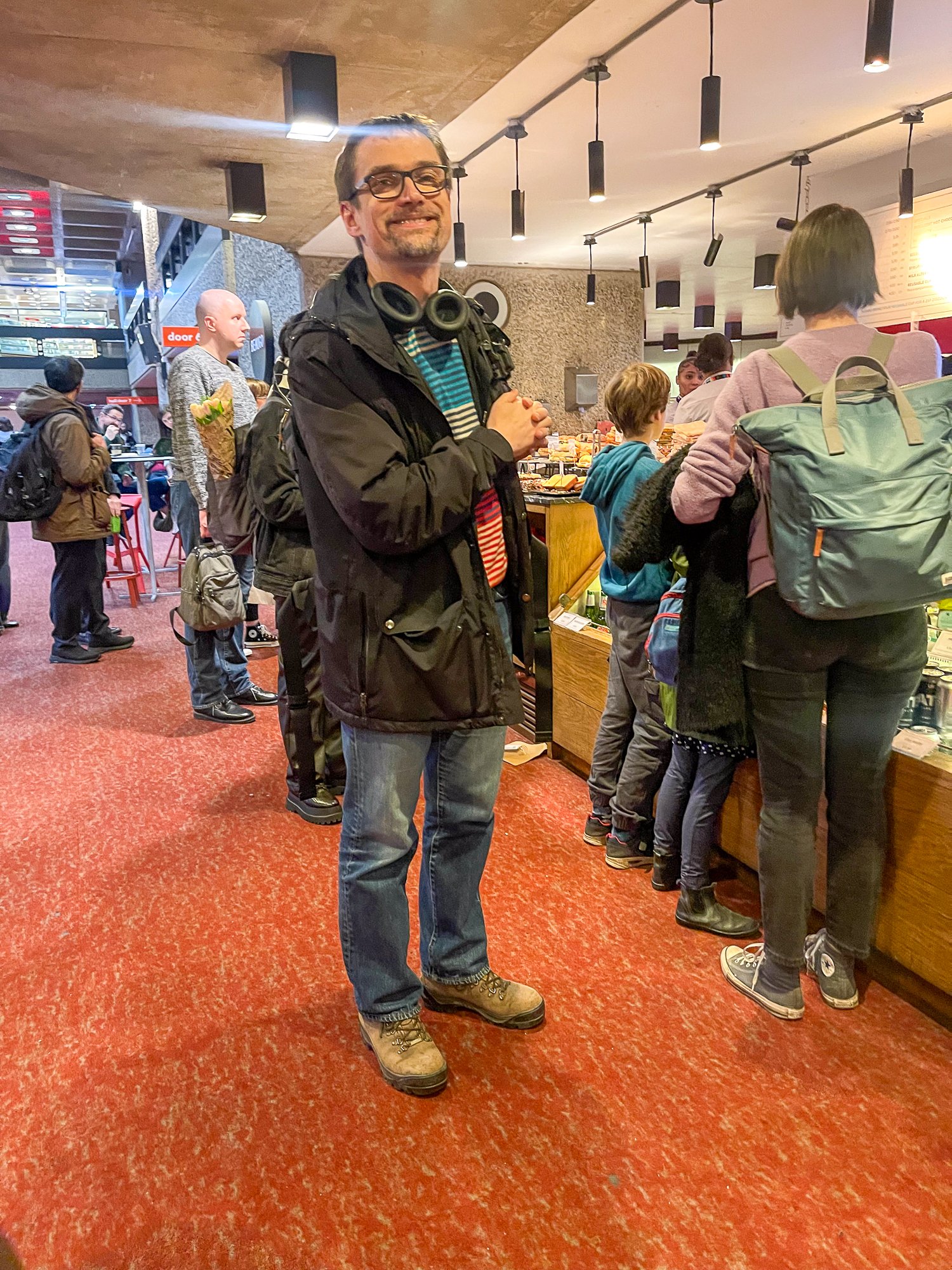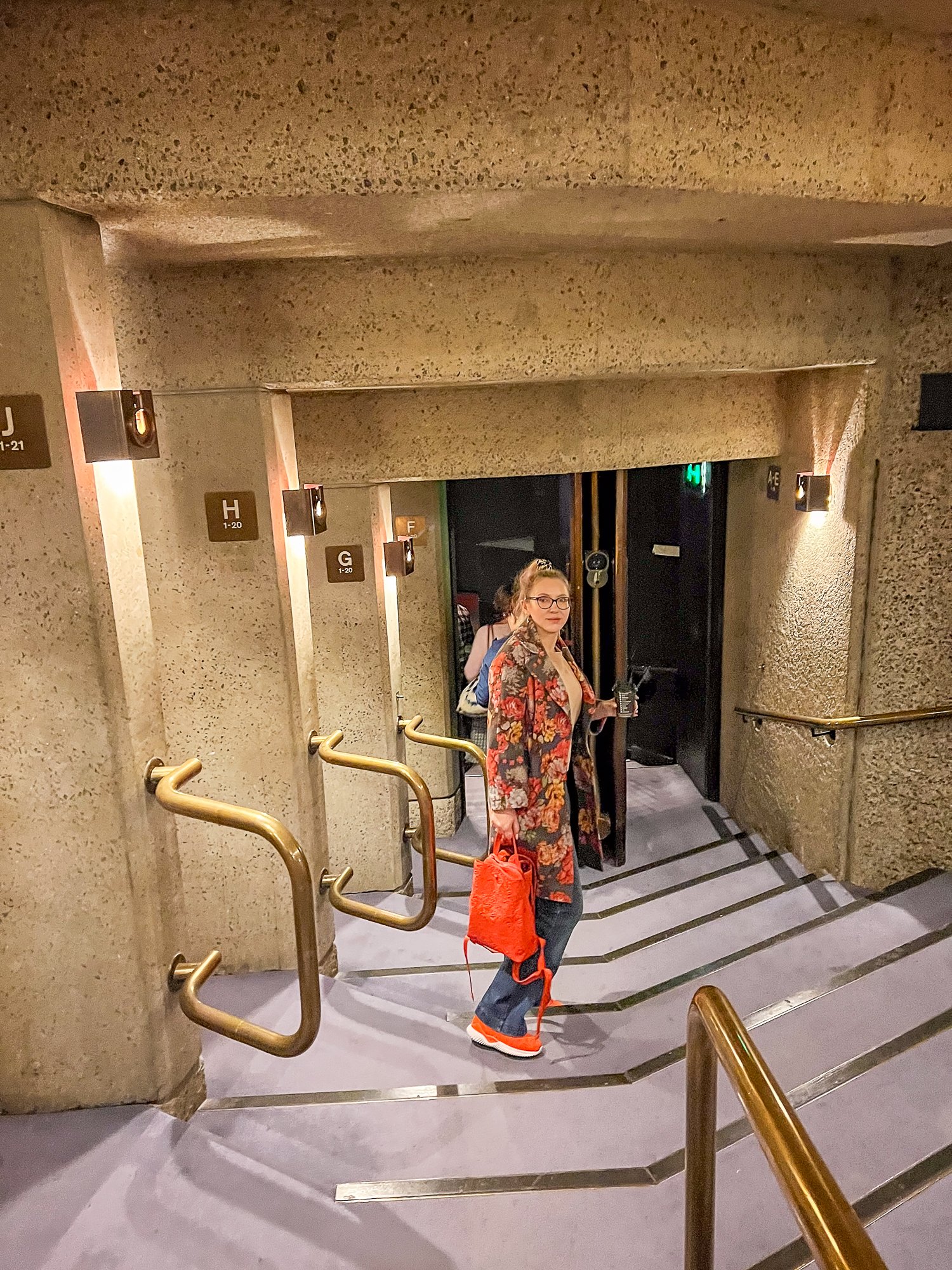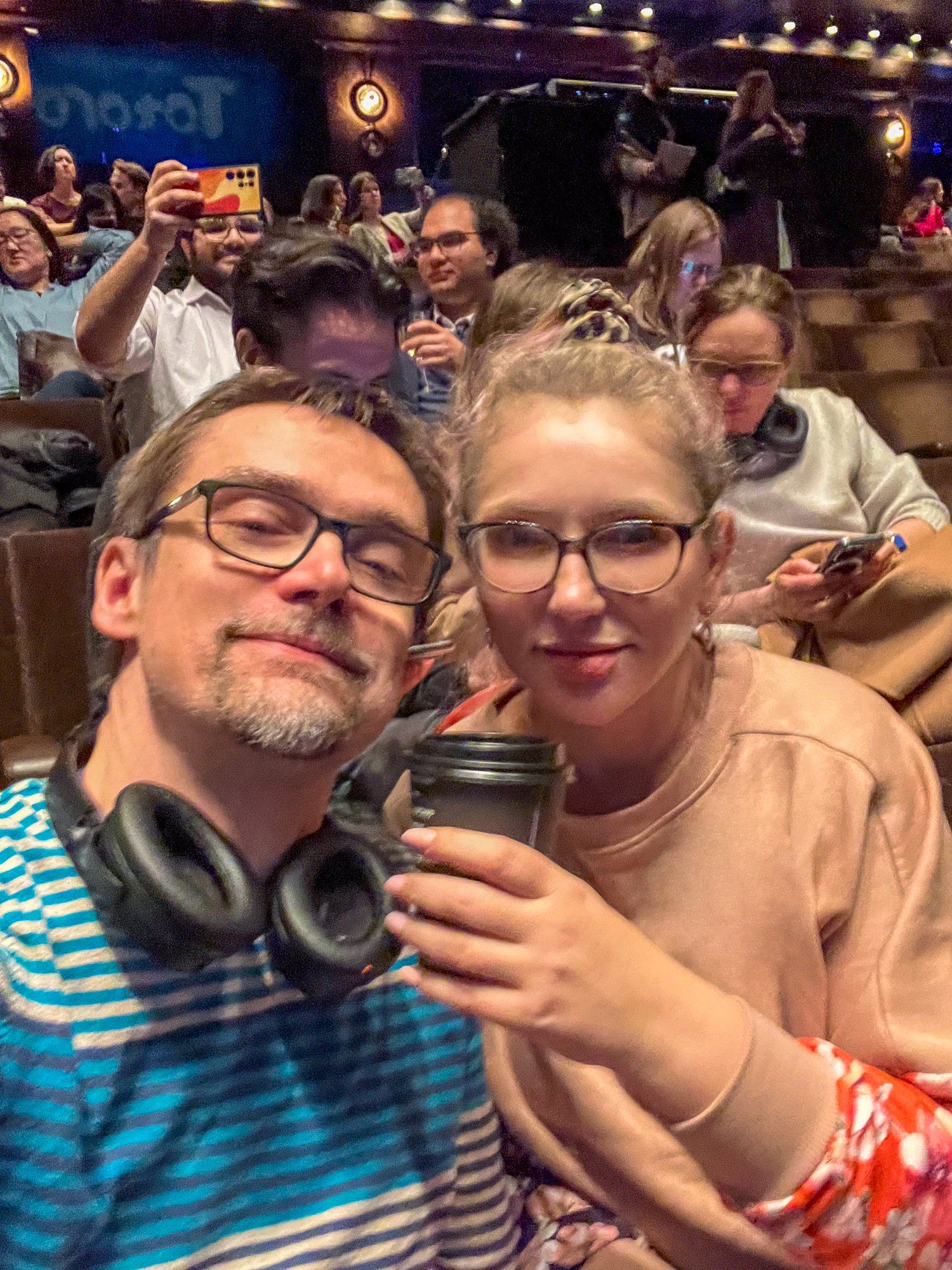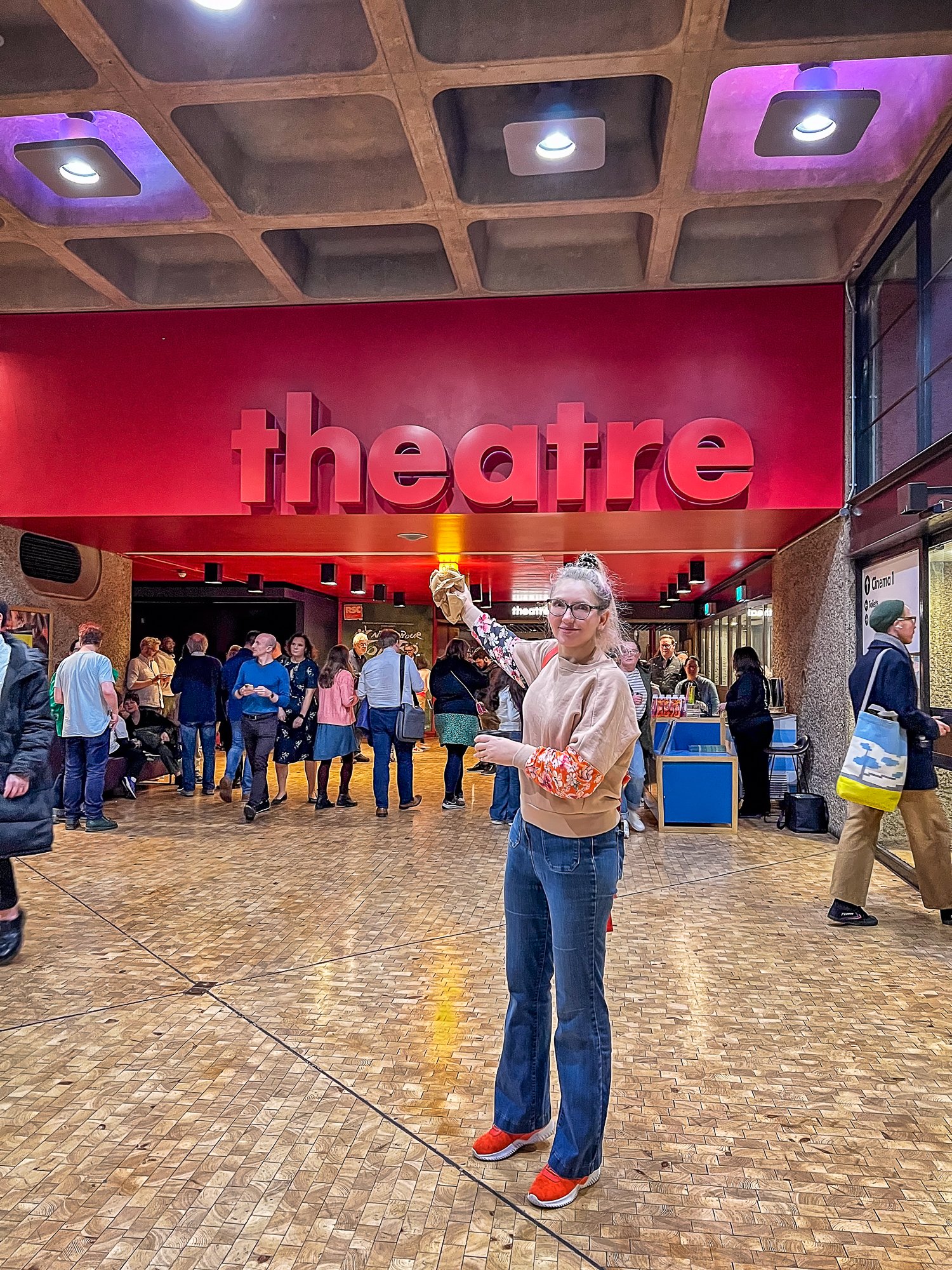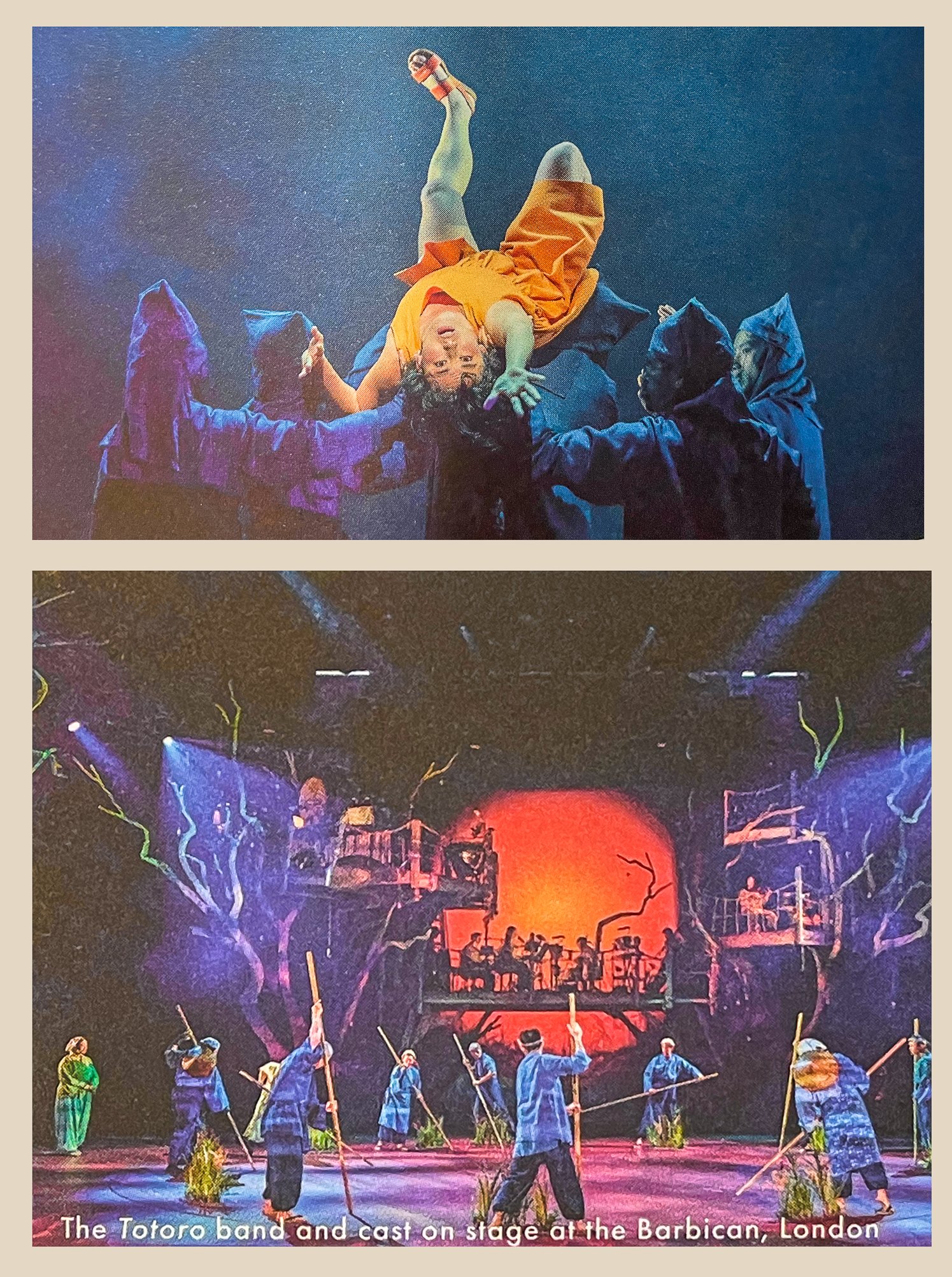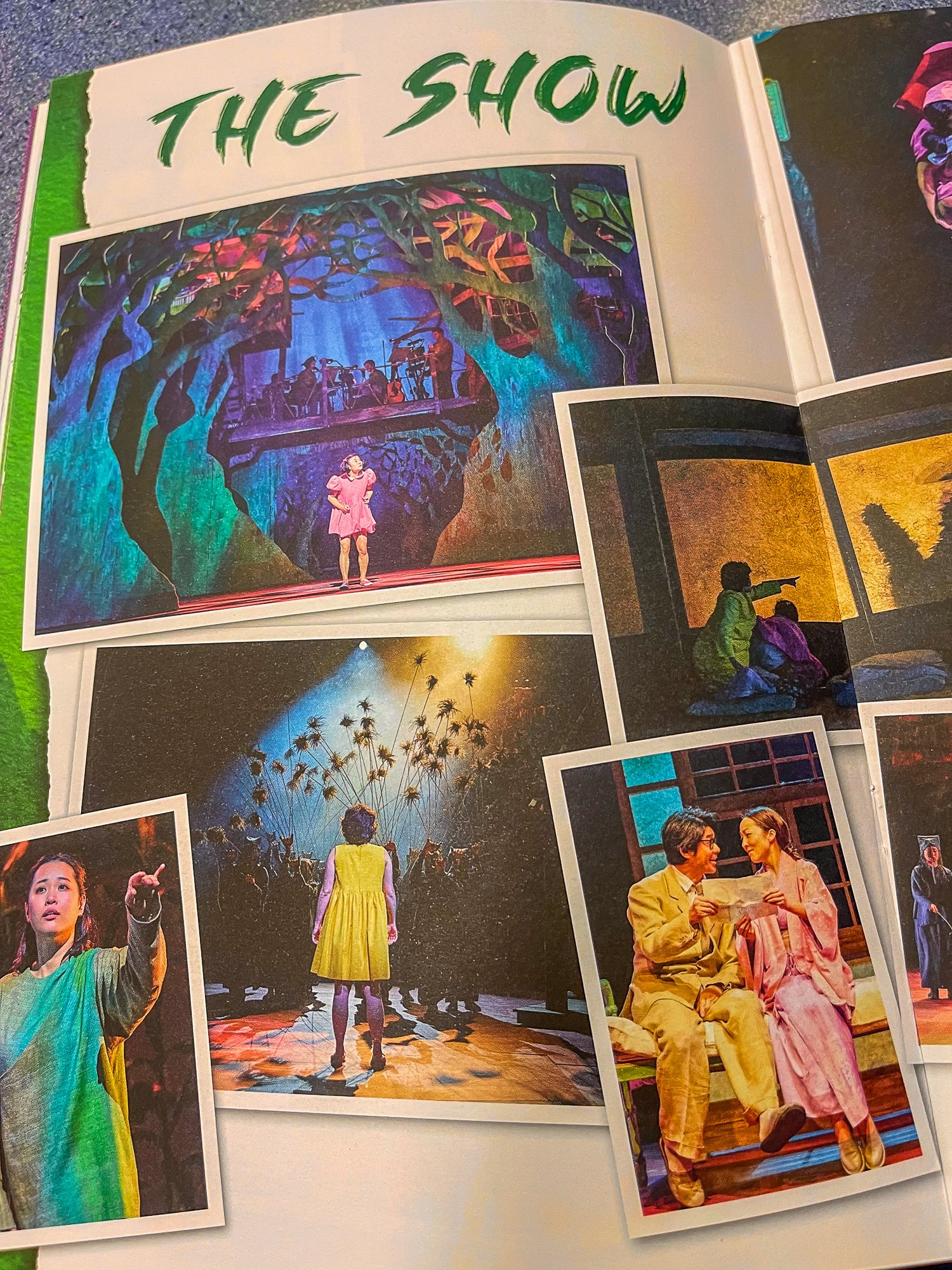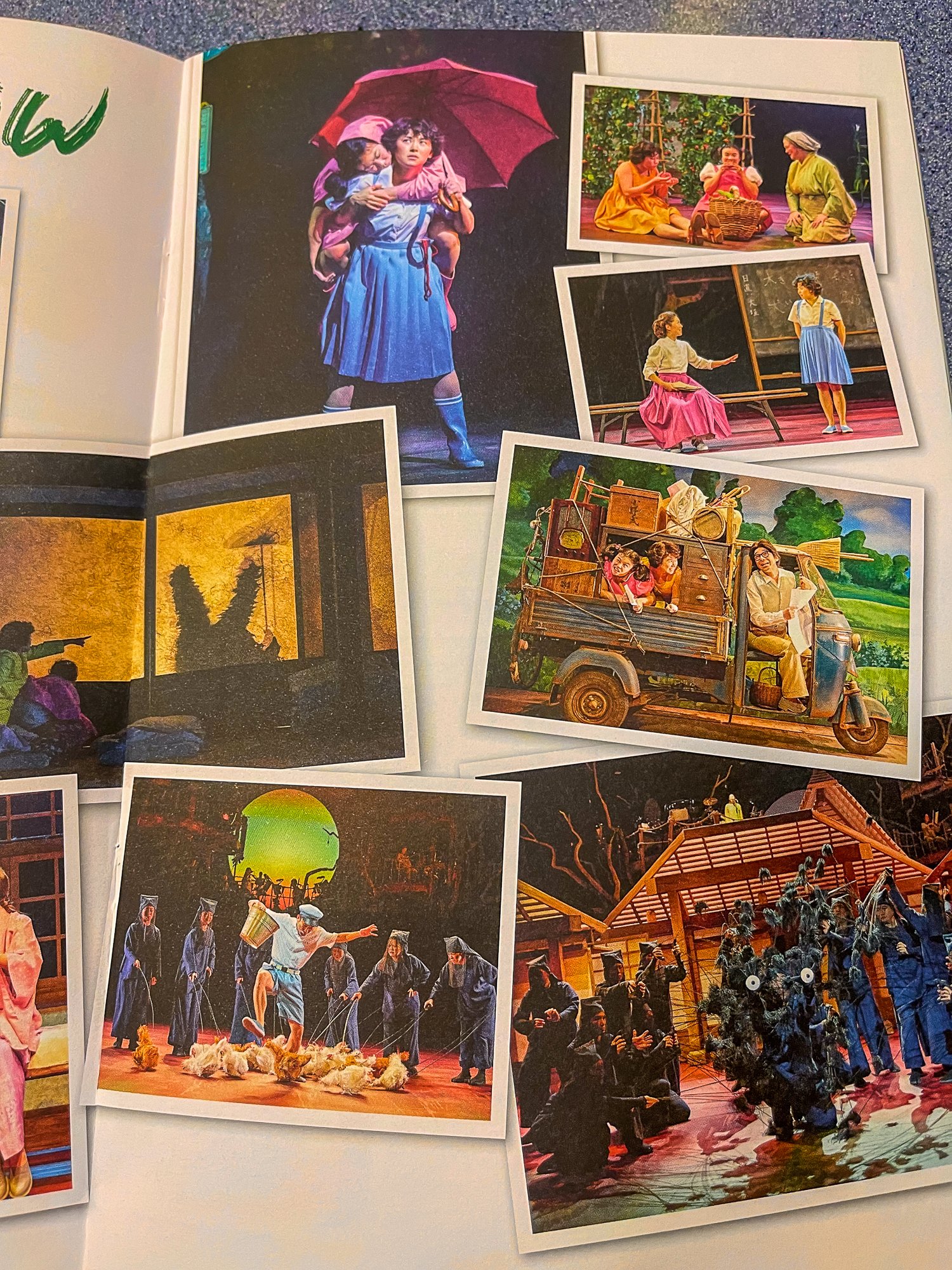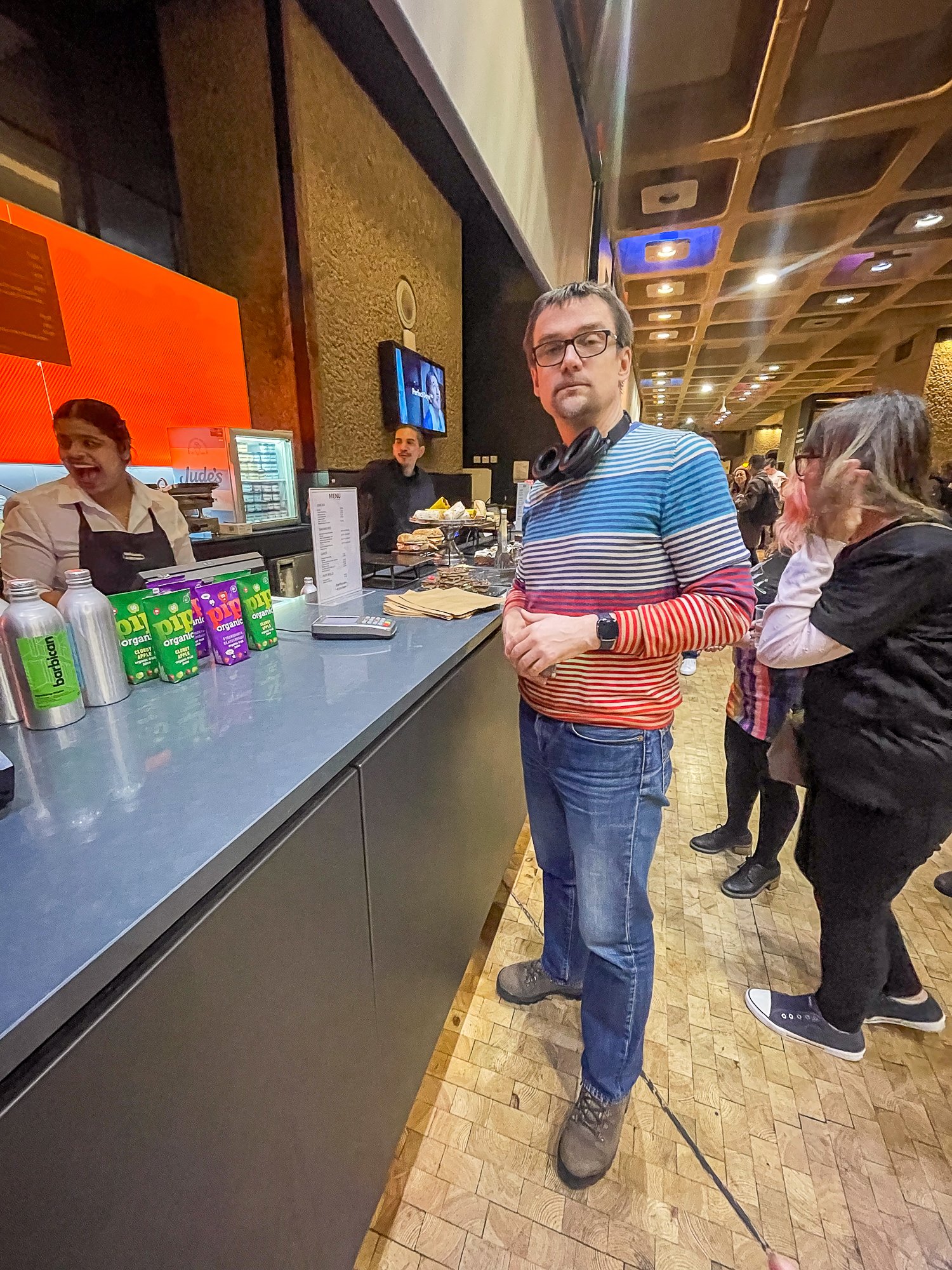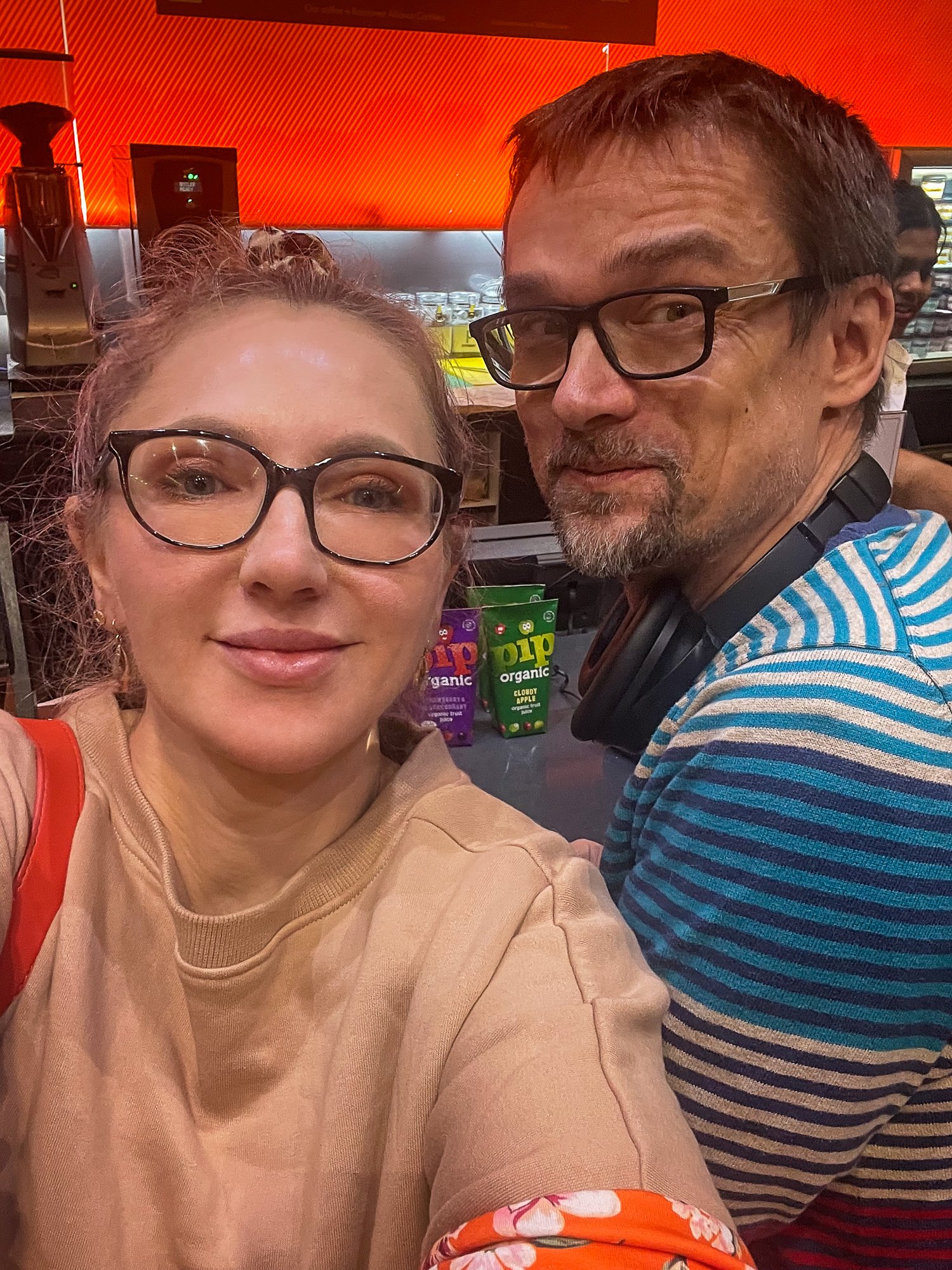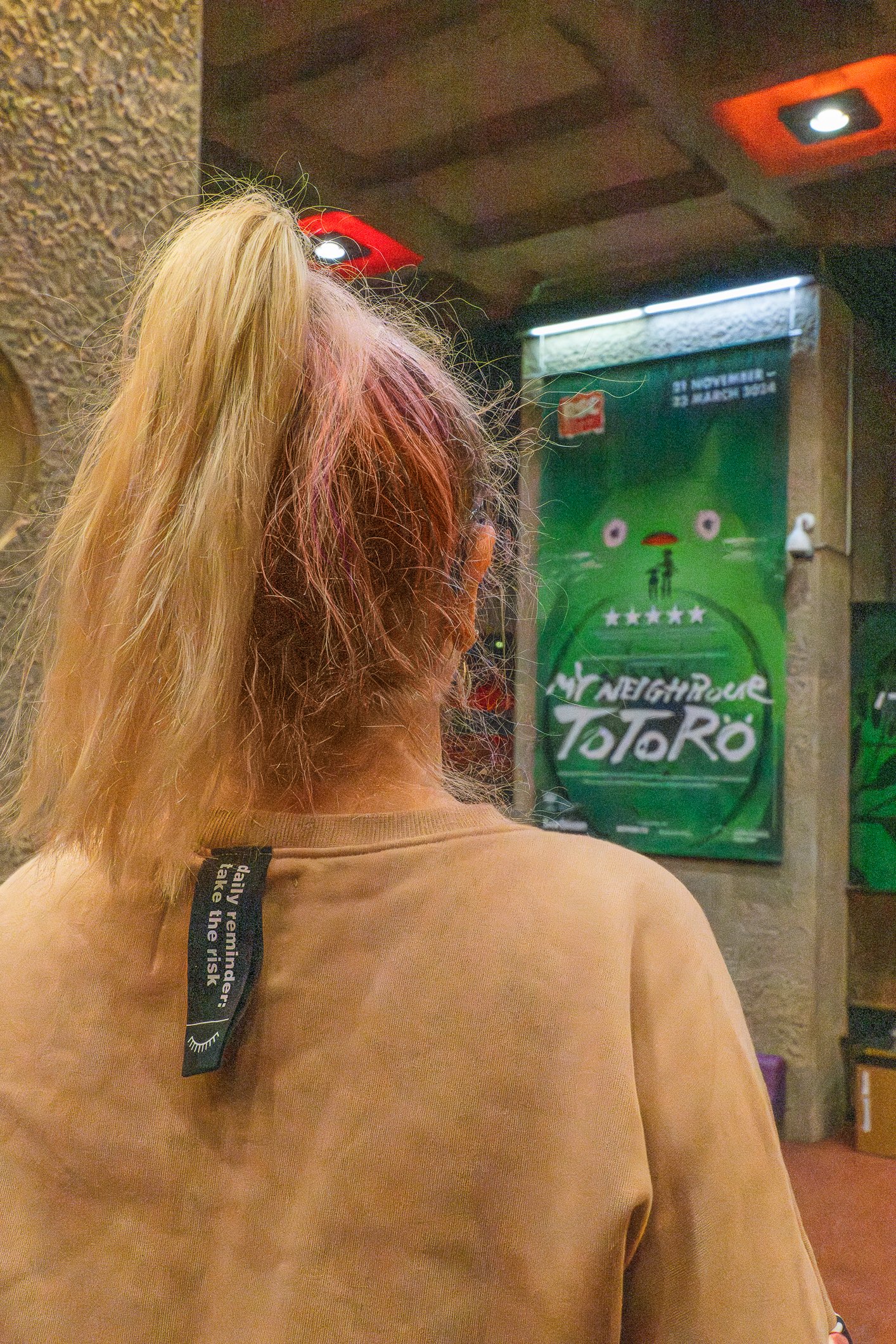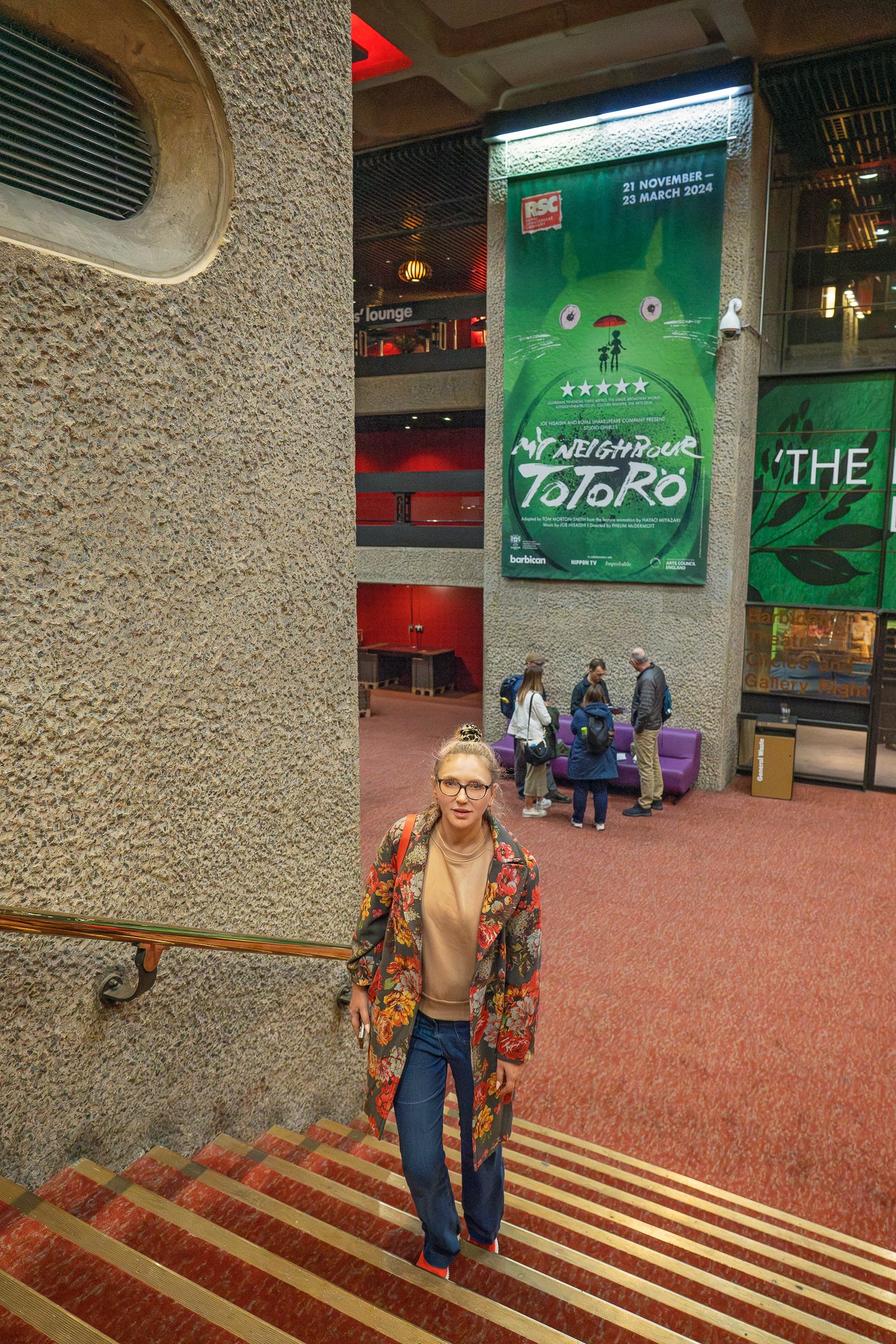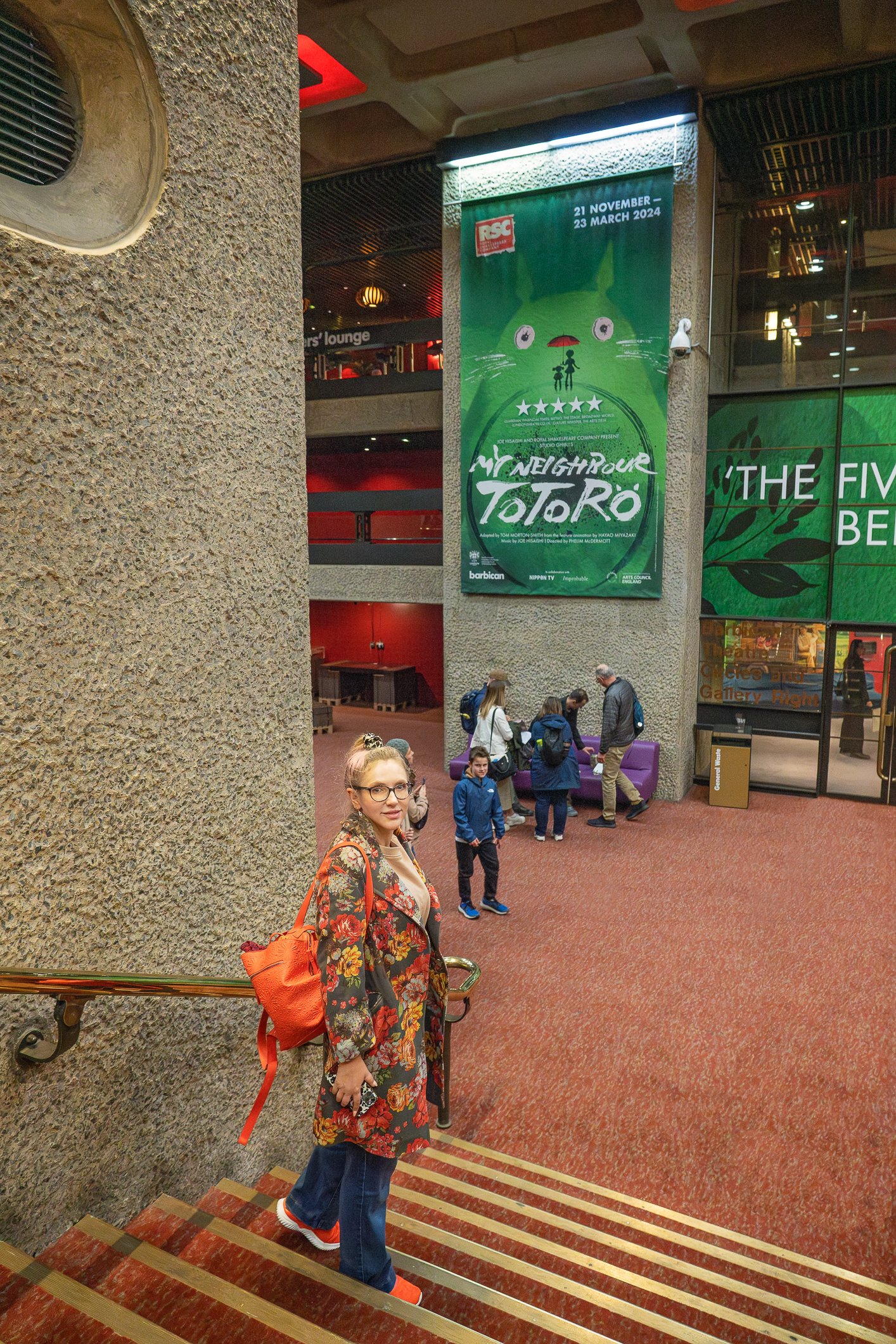We had a pleasant experience at the Art of the Brick, although the exhibition itself was not particularly big. As such, before heading home, we decided to check out the famous Viola’s Room. But first, we stop by the Upmarket Brick Lane Food Hall for some street food. This food market is rather big offering a diverse selection of options, and since we arrived early, it is pleasantly uncrowded.
Nasza wizyta w Art of the Brick była raczej udana, ale sama wystawa nie była szczególnie duża. Dlatego też przed powrotem do domu postanowiliśmy zahaczyć o słynny Viola’s Room. Ale najpierw zatrzymujemy się w Upmarket Brick Lane Food Hall na street food. Ta hala targowa oferuje różnorodne potrawy głównie kuchni azjatyckiej, a ponieważ zjawiamy się wcześnie, omijają nas tłumy i kolejki.
Viola’s Room is an immersive experience that transports a small group of participants—capped at six, though our group consisted of just five—through a dimly lit dreamscape as Helena Bonham-Carter narrates Daisy Johnson’s story (an adaptation of a gothic mystery by Barry Pain called The Moon-Slave ).
“Follow the light” is a very simple instruction from the immersive theatre company Punchdrunk, and that we do. Barefoot. And with headphones on.
The experience unfolds linearly, allowing us to walk through the narrative as if we are inside of the story. The light guides us and we follow it like human moths drawn to a flame, often brushing against the walls of narrow corridors, feet encountering different textures that match the storyline: it feels sometimes like walking through a soft sand, and the other times like stepping on old polished wood, soft carpets or grass and tree roots. It is not for people with claustrophobia I must say. The pathway is often narrow and the light is usually scarce apart from a few vividly crafted scenes illustrating the turning points of the story (the banquet hall, the lights in the garden, the tree with ballet shoes, to name just a few – they are beautifully created, with great attention to details and quite lavish imagination). Traversing this dreamscape feels very much like sleepwalking, moving through the surreal landscape of someone else’s dream. The atmosphere is exciting but tinged with a subtle layer of anxiety and foreboding that keeps us on our toes. Once the narrative reaches its conclusion (I am not going to talk about the plot to not spoil it for future visitors) we are treated to a warm foot bath and fluffy towels, allowing us to reorient ourselves before donning our shoes. Finally, we stop for a drink in a dimly illuminated bar.
Viola’s Room to teatr immersyjny, który przenosi małą grupę uczestników — ograniczoną do maksymalnie sześciu osób, chociaż nasza grupa składała się z zaledwie pięciu — do oświetlonego przygaszonym światłem świata snów, podczas gdy Helena Bonham-Carter opowiada historię napisaną przez Daisy Johnson (chociaż warto dodać, że jest to adaptacja gotyckiej noweli Barry’ego Paina zatytułowanej The Moon-Slave).
„Podążaj za światłem” to bardzo prosta instrukcja od Punchdrunk, grupy teatralnej odpowiedzialnej za ten spektakl i to dokładnie robimy. Boso. I w słuchawkach.
Cała historia rozwija się liniowo, pozwalając nam przejść przez narrację, jakbyśmy byli jej częścią. Światło nas prowadzi, a my podążamy za nim niczym ludzkie ćmy, często ocierając się o ściany wąskich korytarzy, podczas gdy stopy napotykają różne faktury, pasujące do aktualnej fabuły: czasami wydaje się, że idziemy po miękkim piasku, a innym razem, że stąpamy po starym polerowanym drewnie, miękkich dywanach lub trawie i korzeniach drzew. Myślę sobie, że to dobrze, że nie mamy z Marcinem klaustrofobii. Ścieżka jest często wąska, a światło zwykle skąpe, poza kilkoma barwnie wykreowanymi scenami ilustrującymi punkty zwrotne opowieści (sala bankietowa, światła w ogrodzie, drzewo obwieszone baletkami, żeby wymienić tylko kilka – są one pięknie stworzone, z wielką dbałością o szczegóły i polotem wyobraźni). Przemierzanie tych instalacji przypomina trochę lunatykowanie, jakbyśmy poruszali się przez surrealistyczny krajobraz czyjegoś snu. Atmosfera jest ekscytująca, ale podszyta subtelną warstwą niepokoju i złego przeczucia, które trzymają nas cały czas w napięciu. Gdy narracja dobiega końca (nie będę opowiadać o fabule, żeby nie zepsuć nikomu zabawy), czeka na nas ciepła kąpielą stóp i swieże ręczniki. Na koniec, już z butami na nogach, zatrzymujemy się na drinka w nastrojowo oświetlonym barze.
On our way back, we decide to stop by the Outernet to see if there are any new presentations on display. To our delight, there are! We linger for about half an hour. Check them out!
W drodze powrotnej postanawiamy zatrzymać się przy Outernet, aby sprawdzić, czy są jakieś nowe prezentacje. Ku naszej uciesze, są! Zatrzymujemy się więc na około pół godziny. Poniżej nasza krótka video relacja.
Afterwards, we head over to the Bao Spot on Newport Street to keep our street food theme going strong. Just a few meters away, we can’t resist popping into Donutelier, which has gained a reputation as the best doughnut shop in London. We grab a selection of their fantastic doughnuts to enjoy as a sweet treat before catching the train home (and then at home). And we also get some free sweets at the train station, too. Marcin likes them, me - not so much.
Następnie udajemy się do Bao Spot na Newport Street, aby podtrzymać dzisiejszy motyw przewodni, czyli street food. Kilka metrów dalej nie możemy się też oprzeć, by nie wpaść do Donutelier, który zyskał reputację najlepszego sklepu z pączkami w Londynie. Kupujemy kilka ich fantastycznych pączków, aby cieszyć się nimi jako słodką przekąską przed złapaniem pociągu do domu (i w domu). A jeszcze dostajemy darmowe słodycze na stacji Waterloo. Marcin je zjada, bo mi tak średnio smakują.



























